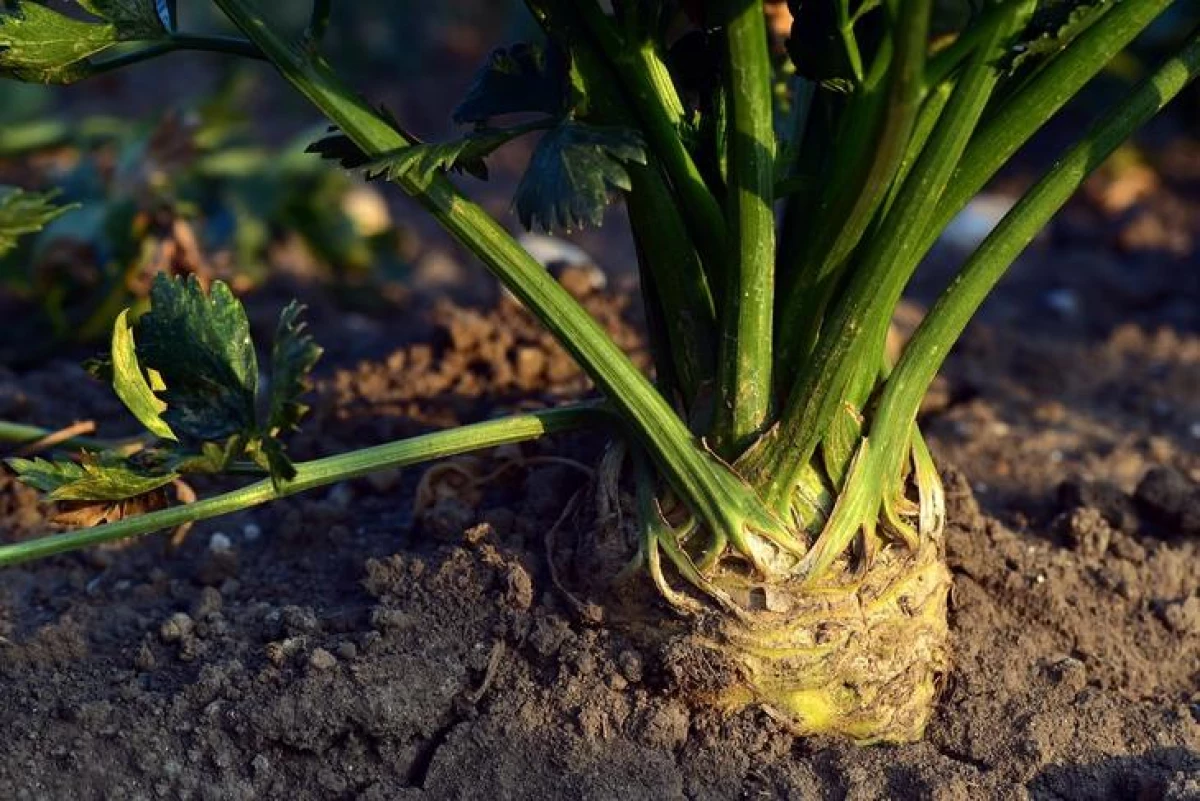
"The parallels are still obvious between COVID-19 Pandemic and crop diseases. As we learn more about Coronavirus, it serves as a reminder of the nature of plants pathogens and the dynamics of how they infect and damage our crops. - Writes in his article on the GrowingRoduce portal Stephen T. Koyk, director of Trical Diagnostics, located in California, USA.
- One of the latest headers about COVID-19 concerns the virus strains. All over the world, the COVID-19 virus exists in the form of several different genetic types or "strains" (also known as "options").
Initially, the pandemic began in China from the Virus L strain. Strain S is the first option or mutated version of COVID-19. However, recently a new concern is a new version of COVID B.1.1.7, which seems to be much more efficiently infected with the owner's person and spreads faster. For the first time registered in the UK, this option B.1.1.7 is now revealed in different countries of the world.
Pathogens of plants similarly exist in the form of various genetic types, which can be called "strains", "options", "races" and other notation. In some situations, the existence of different strains affects crops, and farmers and field experts may not even know about it.
However, in other cases, the development of a new strain or race can signal serious development in this area.
New strains or races can overcome genetic stability entered in a variety to protect against the pathogen. For example, in California, the popular celery varieties contained genes that made these varieties resistant to Fusarium Yellows pathogen. Farmers can plant these varieties on infected fields and at the same time receive excellent yields. However, the new race 4 of the pathogen Fusarium overcomes these genes of stability, which leads to mass losses.
Spinach has always been very susceptible to the causative agent of false torment, while breeders have developed stable varieties. However, new races of false torment developing diseases on previously stable lines are developing here.
The causative agent of gray rot, Botrytis, usually develops options resistant to various fungicides used to combat it. Bacteria Xanthomonas and Pseudomonas, Fusarium and some mushrooms are no less well known for their ability to change and create new varieties.
All microorganisms exist as a totality of closely related, but diverse groups. In such populations, all groups of bacteria or all groups of mushrooms are not identical, but slightly differ in their genetic composition. This change is caused by mutations, genetic recombination and other factors.
In certain biological or environmental situations, a specific group can be noticeable, reproduced by a faster pace and appear as a new pathogen version that can cause disease from the owners.
As with the new version of B.1.1.7 COVID, the diagnosis is the necessary first step. In the course of research, scientists must first develop discovery methods confirming the presence of a new threat.
Researchers use molecular analysis, experiments on vaccinations and other events to document a new race or strain. Following such documentation, scientists develop and standardize the tests that diagnosticity and auxiliary personnel can be used to confirm that the outbreak of the disease of crops is caused by a new option. Then manufacturers must control the outbreak of a new pathogenic strain of plants in accordance with complex strategies.
Here are standard integrated methods of struggle:
- Practice crop rotation and do not plant susceptible culture.
- Implement the relevant cultural practices to contribute to the growth of the harvest, but to prevent the development of pathogens.
- Observe appropriate sanitary measures so that the new strain does not apply through the infected soil (for soil pathogens), outright residues or equipment.
- Change the fungicidal strategies so that different methods of action are applied against chemically sustainable options.
Since many of the new races of pathogens broke the genes that previously provided stability, the key component of the control is seen of new varieties, but the selection is a difficult job that takes time to achieve the goal. While microorganisms are incredibly stable and easily adapt. As soon as a new steady grade is used, the population of pathogens creates another new option, demonstrating that the fight against diseases may be a matter of constant escalation between microbes and people. "
(Source: www.growingproduce.com. Posted by: Stephen T. Koyk, Director of Trical Diagnostics).
